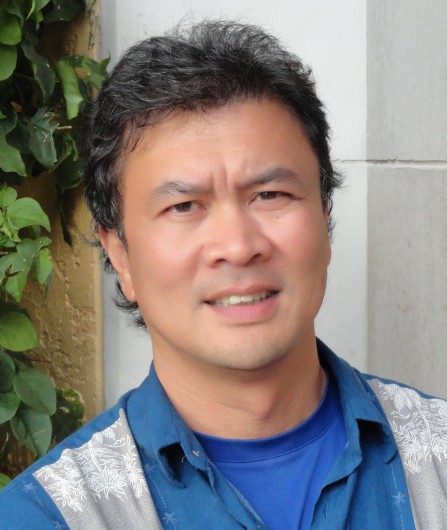Panama America News:
GUPC (United Group for the Canal) demand 583 million dollars from the ACP
14 | 08 | 2012
The work reflects a delay of 6 months for the delay in approving the specific formula.The contractor expects to complete the work in October 2014 and that the operation is made in April 2015.
G. Soto / D. Diaz (economia.pa @ epasa.com) / D. Diaz
Weight of the evidence of the locks of the Canal
- The evidence of the locks with water are crucial, as there are major progressive penalties up to $ 200 million if they comply with the time of filling and emptying the same and the opening and closing of the gates.
Legal dispute over a million-dollar lawsuit could end up in an international court if the United Group for the Canal (GUPC), responsible for the expansion work of the Canal and Panama Canal Authority (ACP) do not reach an amicable agreement.
This is a demand for 573 million dollars against ACP GUPC presented on 20 July, citing cost overruns and delays in material on site by the delay in approving the ACP had the formula for the concrete to be used in the basins of the locks.
"The demand is for the characteristics of the stone for concrete, with respect to the provisions of the render. The formula was not adopted on time and quality basalt was not established in the technical specifications, "is the explanation of Bernardo Gonzalez Mendieta, director of projects GUPC.
The dispute caused a delay of six months in the works to expand the Panama Canal, which is recognized by both parties and will prevent the work is delivered on time in the contract (October 21, 2014).
"With all the defects, we will make it impossible to meet by 2015" is the promise of Gonzalez Mendieta. To achieve this, he anticipated that they will ask the extension of delivery time because "we understand that we are entitled to a year."
Meanwhile, German Alberto Zubieta, administrator of the ACP recognized that these claims are typical in this type of work, and to resolve the contract was established in the formation of a tripartite international
commission would be responsible for handling the claims of the parties .
However, denied that the delay which has been alluded GUPC responsibility of the ACP: "The ACP is not behind on anything. The responsibility for presenting the formula in time and with the specifications in the contract is the contractor, "he said.
German said that it is a formal process in which each person presents his arguments and concludes, "but rejected, which is safer, because they have no
merit, we had the international committee was formed from the beginning to resolve such cases. "
He said the amount of the claim does not mean that the ruling indicate the full recognition, as required GUPC.
Against this backdrop, German gave no date for the operation of the new locks, but said it will be for the consortium to recover the time to ensure that is completed within the time given.
In an inspection of the expansion work, President Ricardo Martinelli also addressed the issue. "Honestly, in a work like this always have a claim and for that there are international referees," he said.
The work has 43% overall progress in the expansion program, and 29% in the locks, as announced Ilya Espino de Marotta, project manager for the ACP: "After placing the concrete, six-month trial, and the delay of six months, would be in April 2015 when they begin to operate, "he said.
Both sides reported that the claim does not affect the continuity of work, which carry a higher rate than established. "We're throwing 90 thousand meters cubic of concrete in the Atlantic and 85 000 in the Pacific," said Gonzalez Mendieta, GUPC.




























.jpg)
.jpg)

.jpg)
.jpg)
.jpg)
.jpg)
.jpg)
.jpg)
.jpg)
.jpg)

